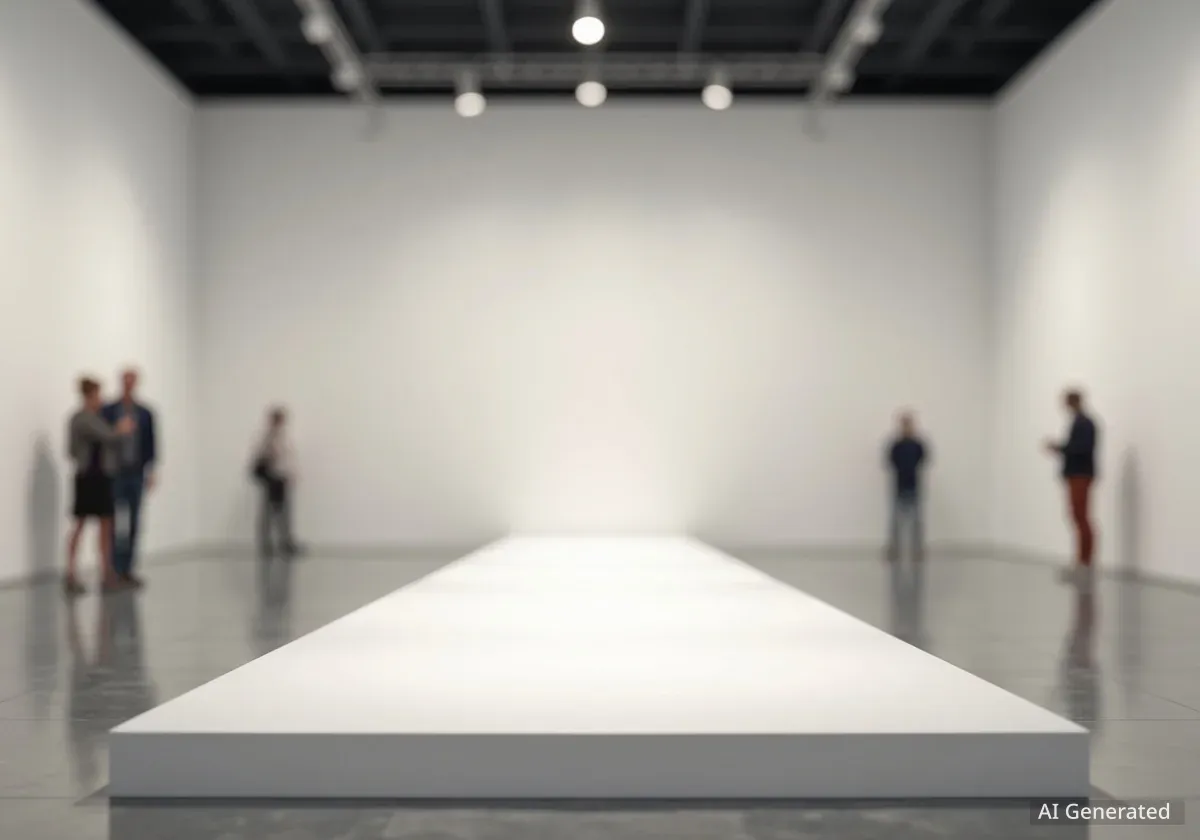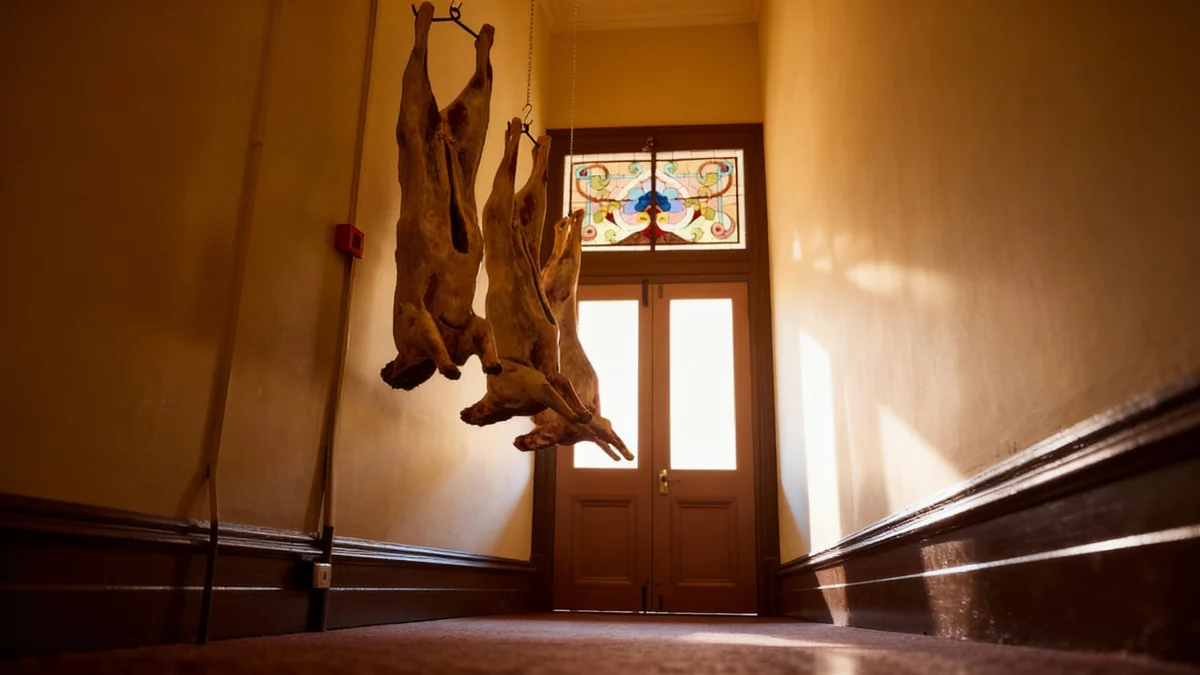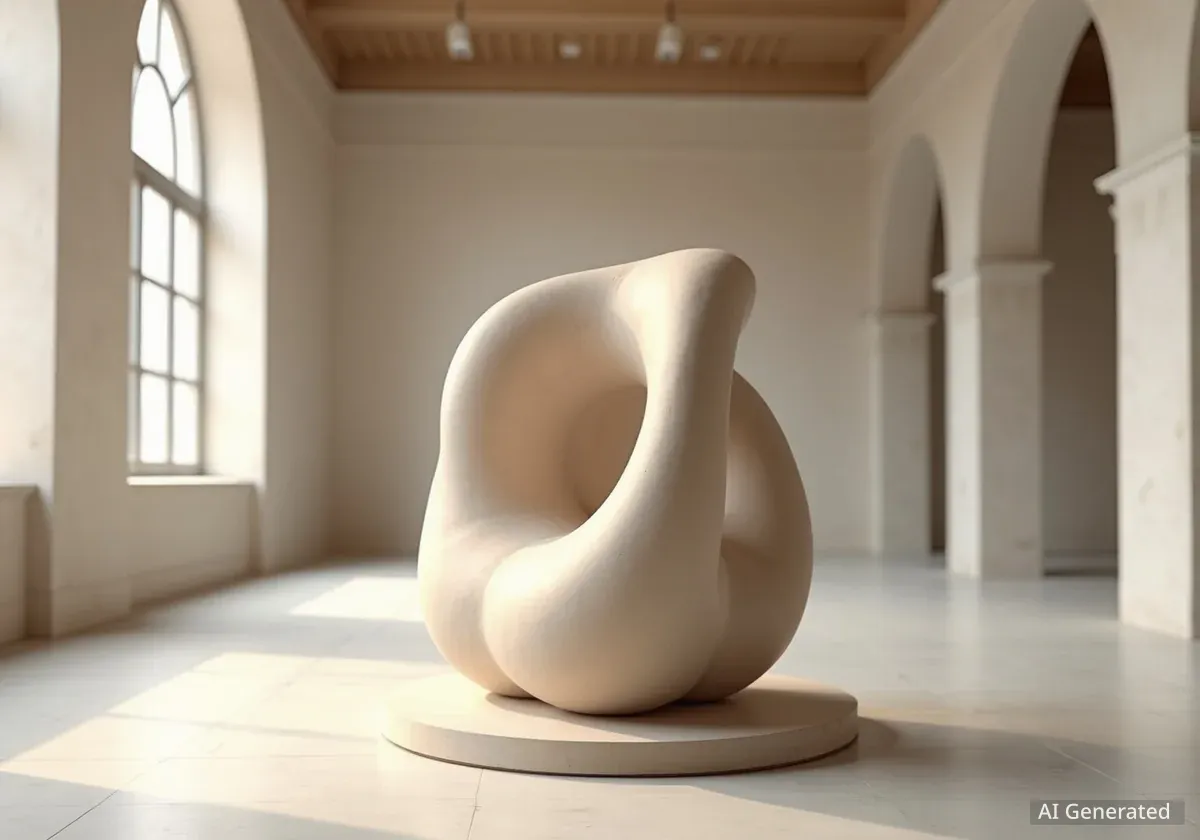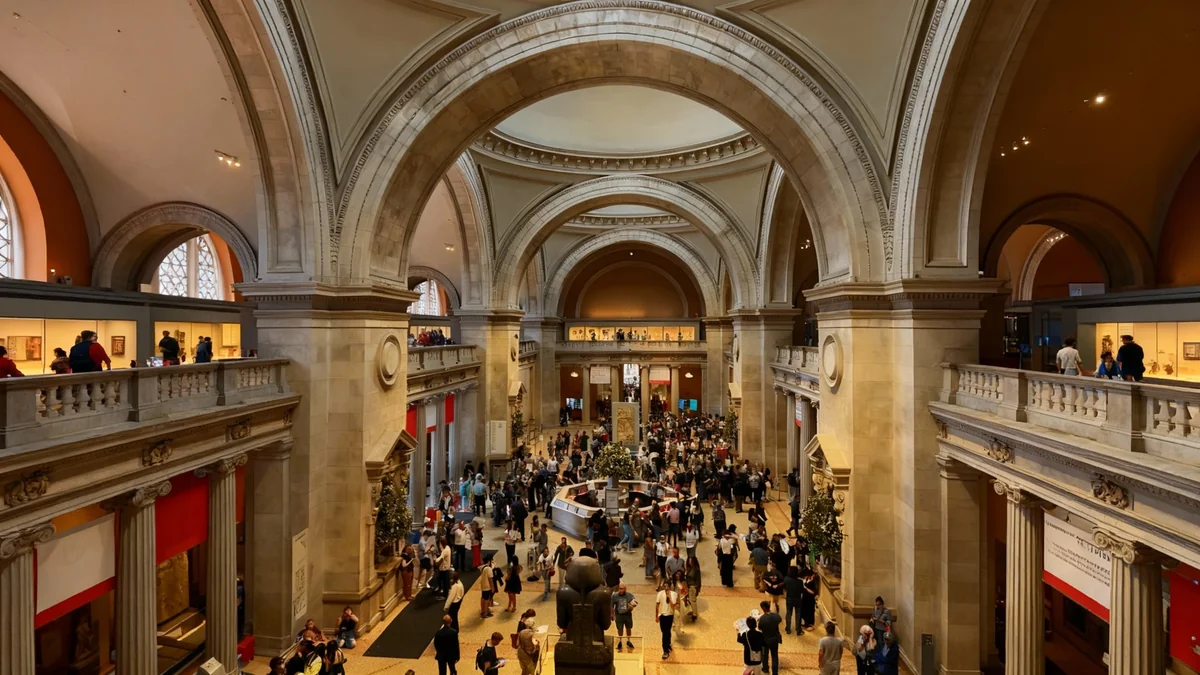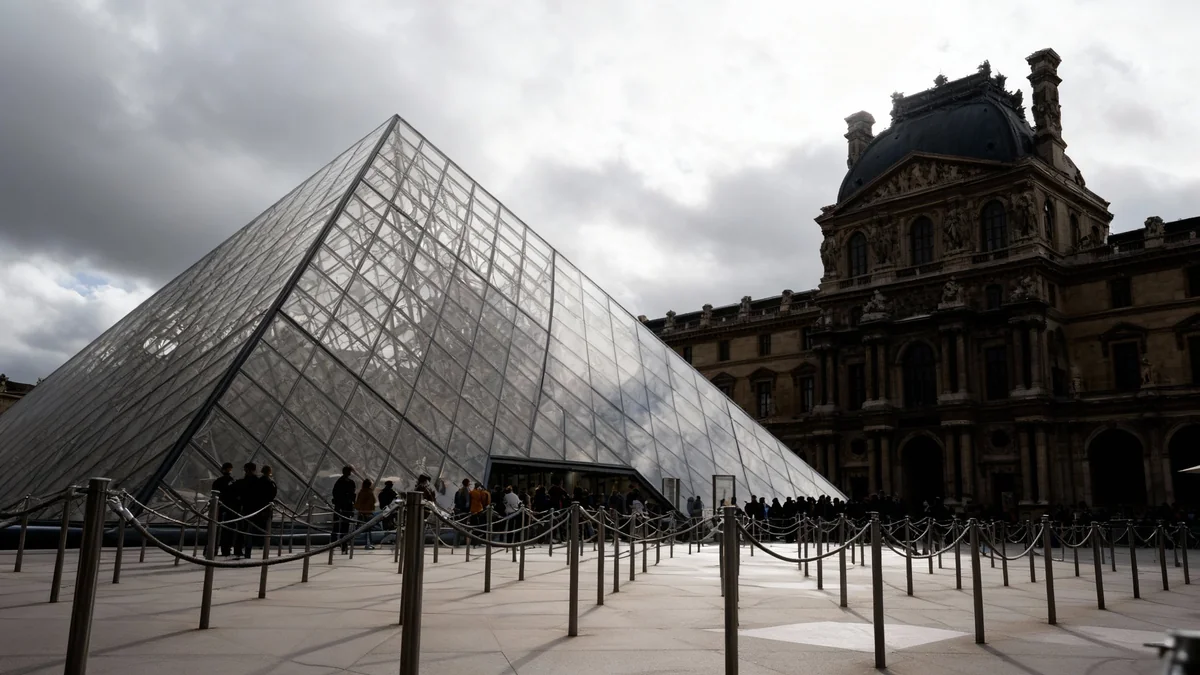The Photographers’ Gallery in London will host "Ukrainian Diary," the first major UK retrospective of the influential Ukrainian artist Boris Mikhaïlov. The exhibition, running from October 10, 2025, to February 22, 2026, will showcase over five decades of his work, offering a comprehensive look at his documentation of Ukrainian life through periods of significant social and political change.
Key Takeaways
- Exhibition: "Ukrainian Diary," the first major UK retrospective of Boris Mikhaïlov's work.
- Artist: Boris Mikhaïlov (born 1938 in Kharkiv) is one of Eastern Europe's most significant contemporary artists.
- Location: The Photographers’ Gallery, 16–18 Ramillies Street, London.
- Dates: The exhibition will be open to the public from October 10, 2025, to February 22, 2026.
- Content: Features work from over twenty of Mikhaïlov's most important series, spanning from the 1960s to the present.
A Career Chronicling a Nation in Flux
Boris Mikhaïlov has spent more than 50 years creating a powerful visual record of life in his native Ukraine. His work captures the tumultuous changes that followed the collapse of the Soviet Union and provides an unfiltered look into the daily realities of its people. The exhibition is a collaboration with the MEP – Maison Européenne de la Photographie in Paris.
Known for his experimental approach, Mikhaïlov's photography blends documentary, conceptual art, painting, and performance. His style is often described with terms like "outsider" and "trickster," reflecting his use of humor and tragedy to explore complex social themes. This approach allowed him to create a multi-layered narrative of a world in constant transition.
Who is Boris Mikhaïlov?
Born in Kharkiv, Ukraine, in 1938, Boris Mikhaïlov is a self-taught artist who began his work in the 1960s. He is considered one of the most influential contemporary artists to emerge from Eastern Europe. His photography directly challenged the controlled and censored visual culture of the Soviet era, making him a pioneering figure in the field.
Challenging Soviet Ideology Through Photography
During a time when photography in the Soviet Union was heavily controlled, Mikhaïlov's work was inherently subversive. He actively worked against the official, idealized imagery promoted by the state. Instead of portraying a unified and heroic society, his photographs revealed the ambiguities and contradictions of everyday life.
His self-portraits, for example, often mock traditional Soviet masculine stereotypes, using self-deprecation as a tool for social commentary. By presenting a fragmented and often unflattering view of reality, he contradicted the singular narrative of Soviet ideology.
The Concept of 'Bad Photography'
Mikhaïlov intentionally created what he called "lousy photography for a lousy reality." This concept is central to his series Black Archive (1968-1979). In this collection, he used poorly printed, damaged, or otherwise low-quality images as an artistic device. This technique was a direct rebellion against the polished and pristine aesthetic of official Soviet art, suggesting that a flawed reality required a flawed medium to represent it accurately.
The exhibition "Ukrainian Diary" brings together works from more than 20 of Mikhaïlov's key series, including Case History, I am not I, Salt Lake, and Theatre of War, providing a comprehensive overview of his artistic evolution.
Exploring Key Photographic Series
The London exhibition will feature several of Mikhaïlov's most important and groundbreaking series. Each collection showcases a different aspect of his experimental style and his critical engagement with his surroundings.
Yesterday’s Sandwich (1960s – 1970s)
One of his most famous series, Yesterday's Sandwich, began as a technical accident. Mikhaïlov discovered that a handful of his color slides had stuck together, creating unintentional double exposures. Fascinated by the results, he began to layer slides randomly, creating new and unexpected compositions.
According to the artist, these layered images perfectly "reflected the dualism and contradictions of Soviet Society." The series combines disparate scenes—portraits overlaid with landscapes, public events with private moments—to create a surreal and disjointed vision of the world.
The Red Series (1965-1978)
The Red series is a powerful example of Mikhaïlov's use of conceptual art within a documentary framework. The collection consists of over 70 images taken in the late 1960s and 1970s, each one highlighting the color red in everyday scenes. From red flags and banners to clothing and street signs, the color is a constant presence.
This focus on a single color serves a specific purpose. By documenting the pervasiveness of red, Mikhaïlov reveals the extent to which communist ideology saturated daily life in the Soviet Union. The color, a symbol of the state, appears everywhere, subtly controlling the visual landscape.
- Conceptual Approach: Bridges the gap between documentary photography and conceptual art.
- Symbolic Color: Uses red to show the saturation of communist ideology in all aspects of life.
- Subtle Critique: Offers a quiet but powerful commentary on political influence over the public sphere.
Mikhaïlov's Enduring Legacy
Boris Mikhaïlov's body of work provides an uncompromising photographic narrative of Ukraine's contemporary history. His willingness to experiment with form and to challenge authority has cemented his status as a vital voice in modern art. His photographs offer a unique perspective on the human condition within a specific political context, but their themes of identity, memory, and social change are universal.
The "Ukrainian Diary" exhibition at The Photographers’ Gallery offers a rare opportunity for UK audiences to engage with the full scope of his career. From his early underground works to his more recent series, the collection traces the journey of an artist who has consistently used his camera to question, provoke, and document the world around him with unflinching honesty.
